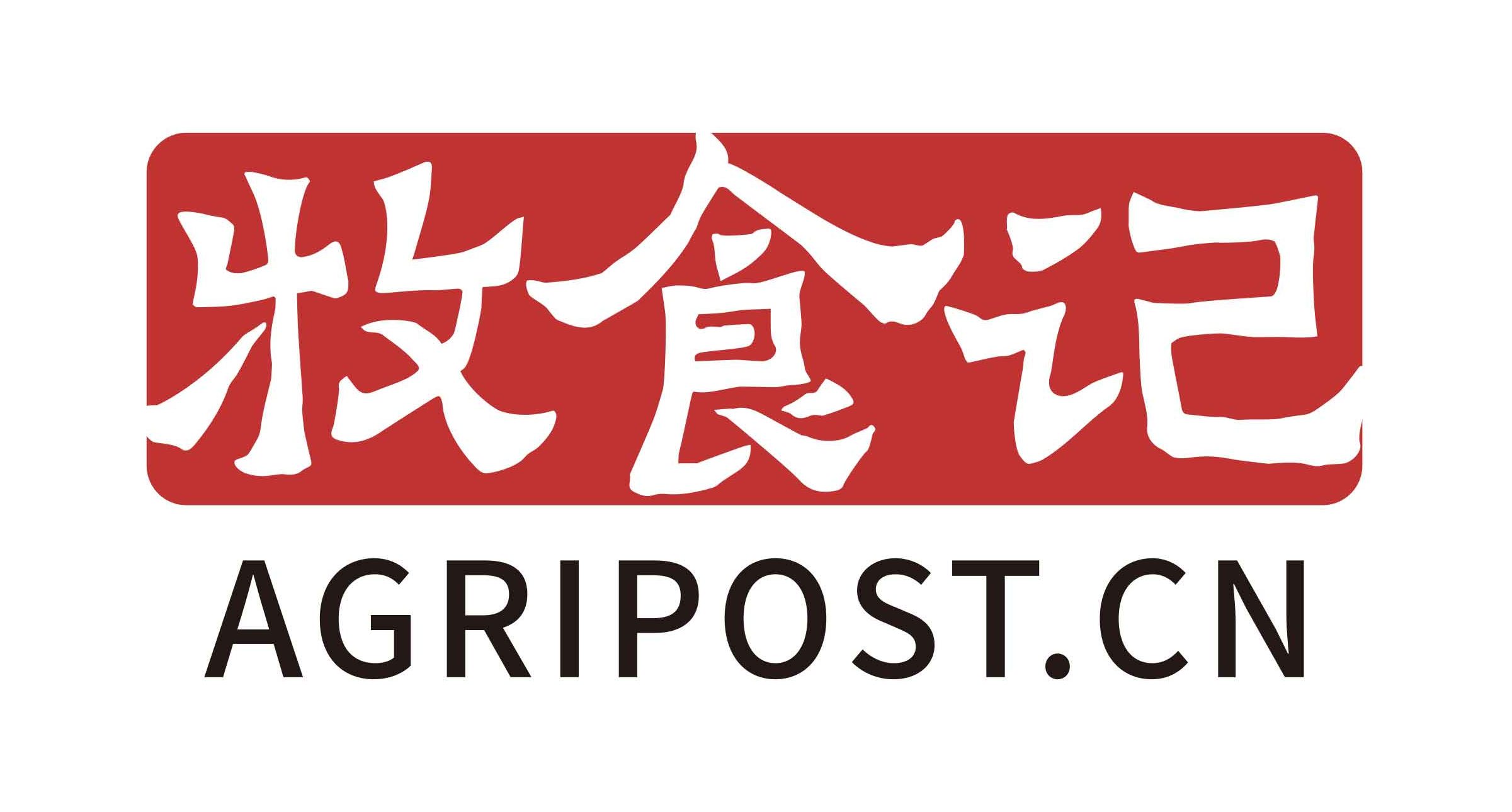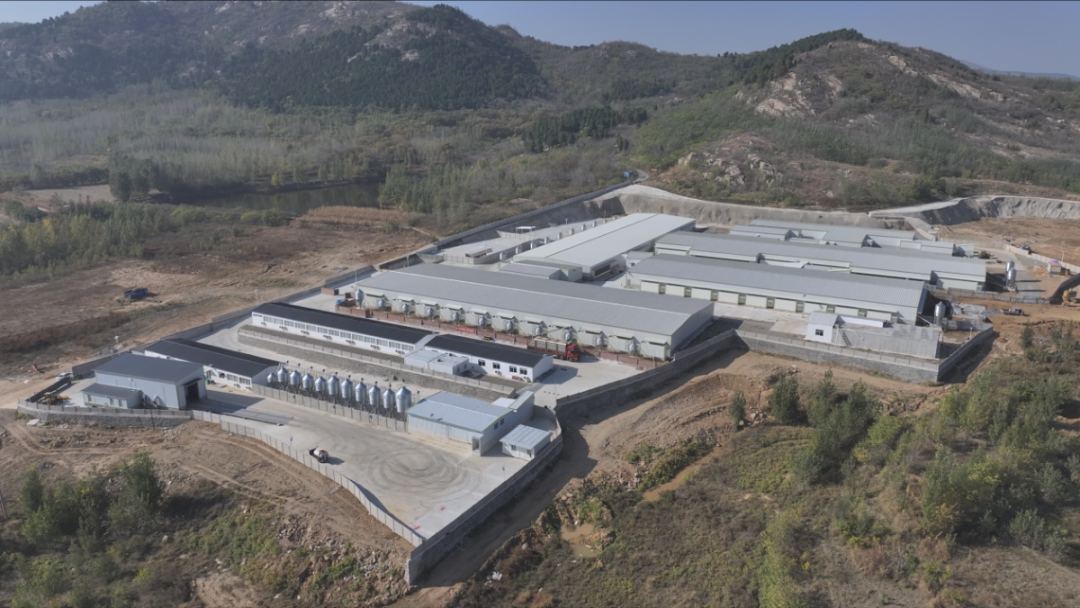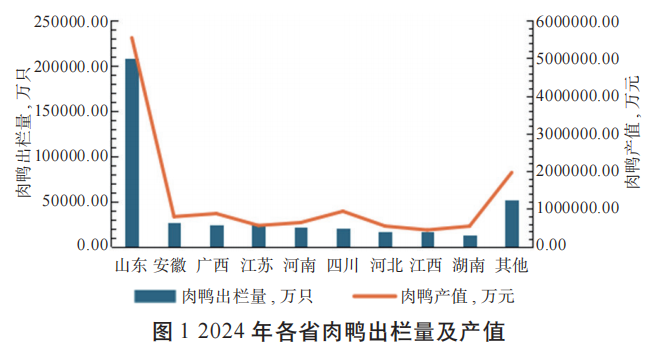Wensexpects a slight decline in China’s hog prices in 2025 but remains optimistic about maintaining or exceeding per-head profitability through cost reductions and efficiency improvements. The company anticipates ongoing industry consolidation, increased automation, and a greater emphasis on precision management. With current stable disease prevention, competition will shift toward operational efficiency and technological innovation.
China’s leading pig producer, Wens foresees a slight decline in hog prices in 2025 compared to the 2024 average. However, the company remains confident in maintaining or even exceeding per-head profitability levels from the previous year. This optimism is driven by continued improvements in cost efficiency and operational management.

Industry trends: Scale, automation, and smart farming
Wens expects China’s swine sector to follow the global trend of consolidation, large-scale farming, automation, and intelligent management. To stay ahead, the company is investing in lean management, digital transformation, and innovative farming techniques to enhance production efficiency.
Cost control and disease prevention
In recent years, African Swine Fever (ASF) control has been a major focus, creating cost differences among industry players. With disease prevention now more stable, Wens notes that efficiency gains have helped narrow cost disparities across the sector. The company predicts that future competition will be driven by precision management, technological advancements, and operational efficiency.
Wens is committed to further cost reductions, targeting an average production cost of less than CNY 13 per kg (approximately USD 1.78 per kg) in 2025—down from CNY 14.4 per kg (USD 1.98 per kg) in 2024 and CNY 16.6–16.8 per kg (USD 2.28–2.30 per kg) in 2023.Of this cost reduction, 40% is attributed to lower raw material prices, while 60% stems from internal efficiency improvements and enhanced production performance.
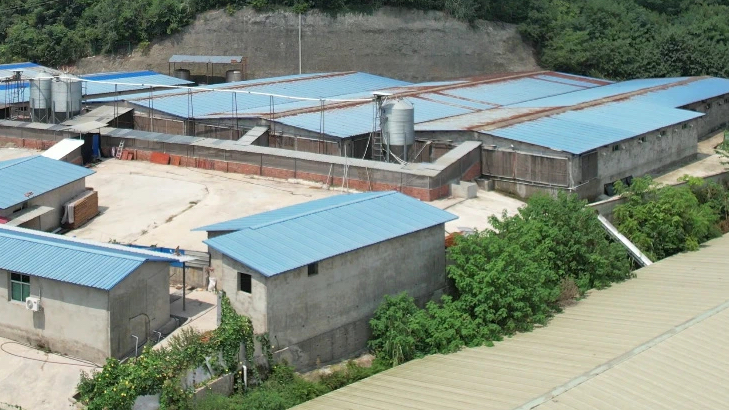
The “company + farmers” model
Wens continues to rely on its “company + farmers” contract farming system, where breeding sows remain under the company’s direct control while finishing pigs are raised by contracted farmers. This setup ensures the stability and quality of its genetic resources, as the company does not outsource sow breeding.
With a breeding sow capacity of 46 million head, Wens has the potential to produce 38 million commercial piglets annually when operating at full scale. The company’s 2025 target is to sell 33–35 million hogs, including live pigs and fresh pork. As of January 2024, Wens had 1.78 million breeding sows in stock, with a capacity utilization rate of 77%.
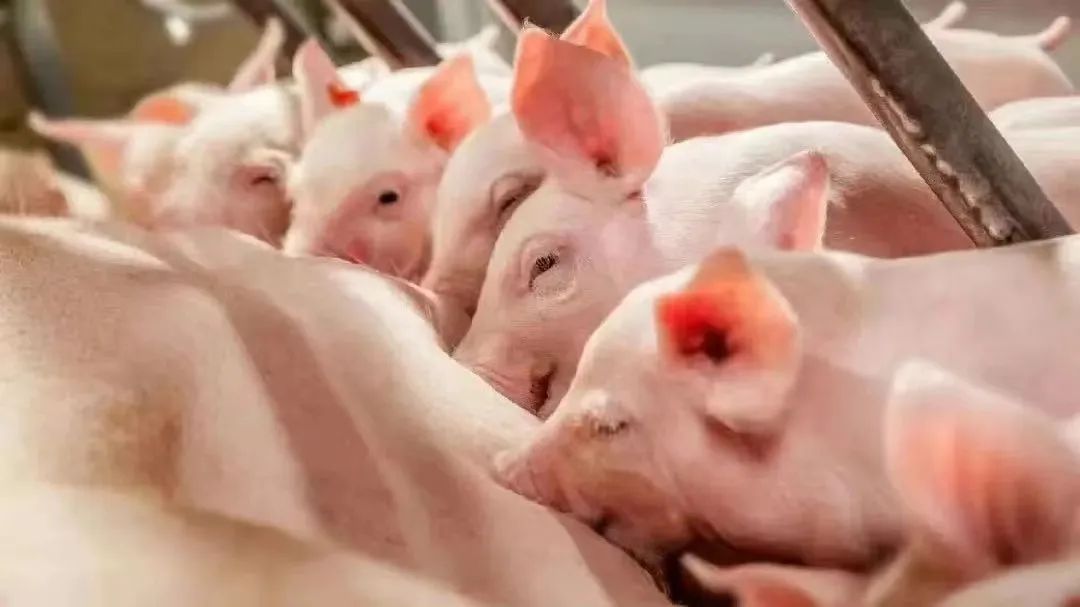
Additionally, the company has emphasized self-sufficiency in breeding stock , with a well-established breeding system, eliminating the need for large-scale external purchases to sustain its expansion.
Regional operations and market positioning
Wens’ swine business is divided into three main regions in China:
Southern Division – 47% of total pig sales
Eastern & Central Division – 26%
Western & Northern Division – 25%
Other independent units (e.g., Hainan Wens) – 2%
Despite anticipated challenges in market conditions, Wens remains well-positioned to sustain profitability. Its strategic focus on cost control, digital innovation, and industry consolidation provides a strong foundation for long-term competitiveness in China’s evolving pork sector.
AgriPost.CN – Your Second Brain in China’s Agri-food Industry, Empowering Global Collaborations in the Animal Protein Sector.

